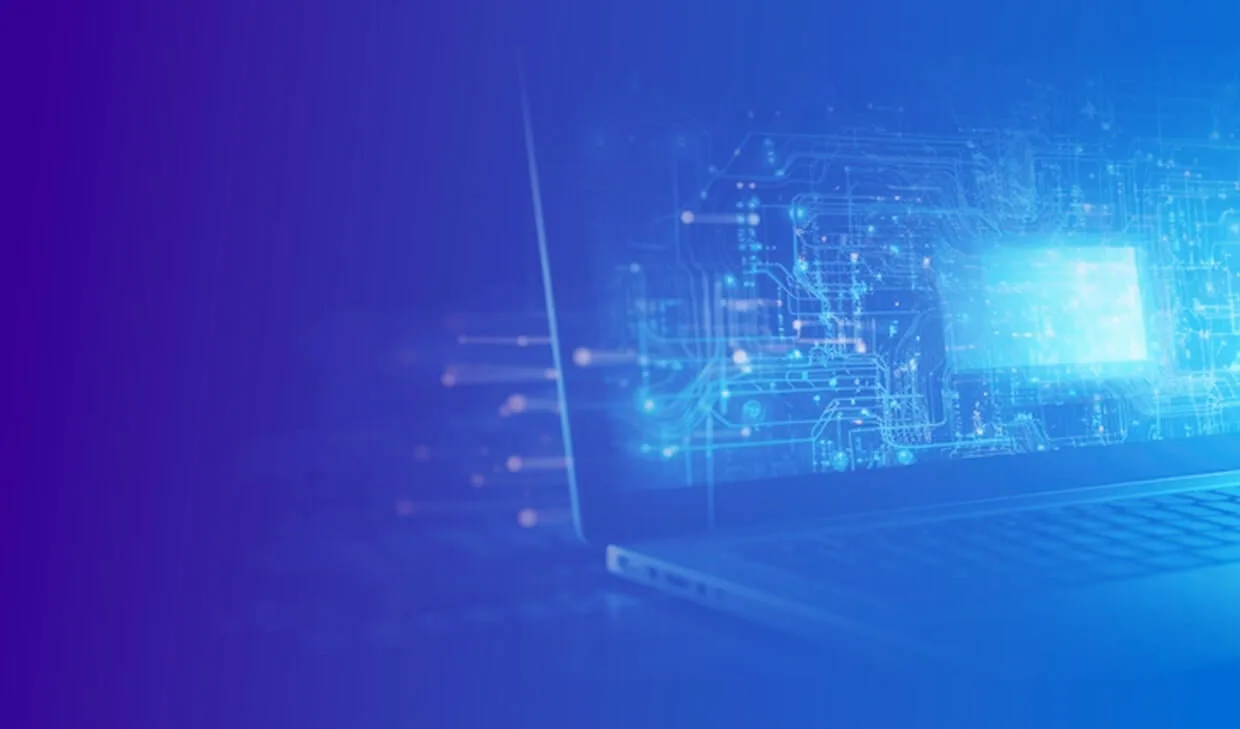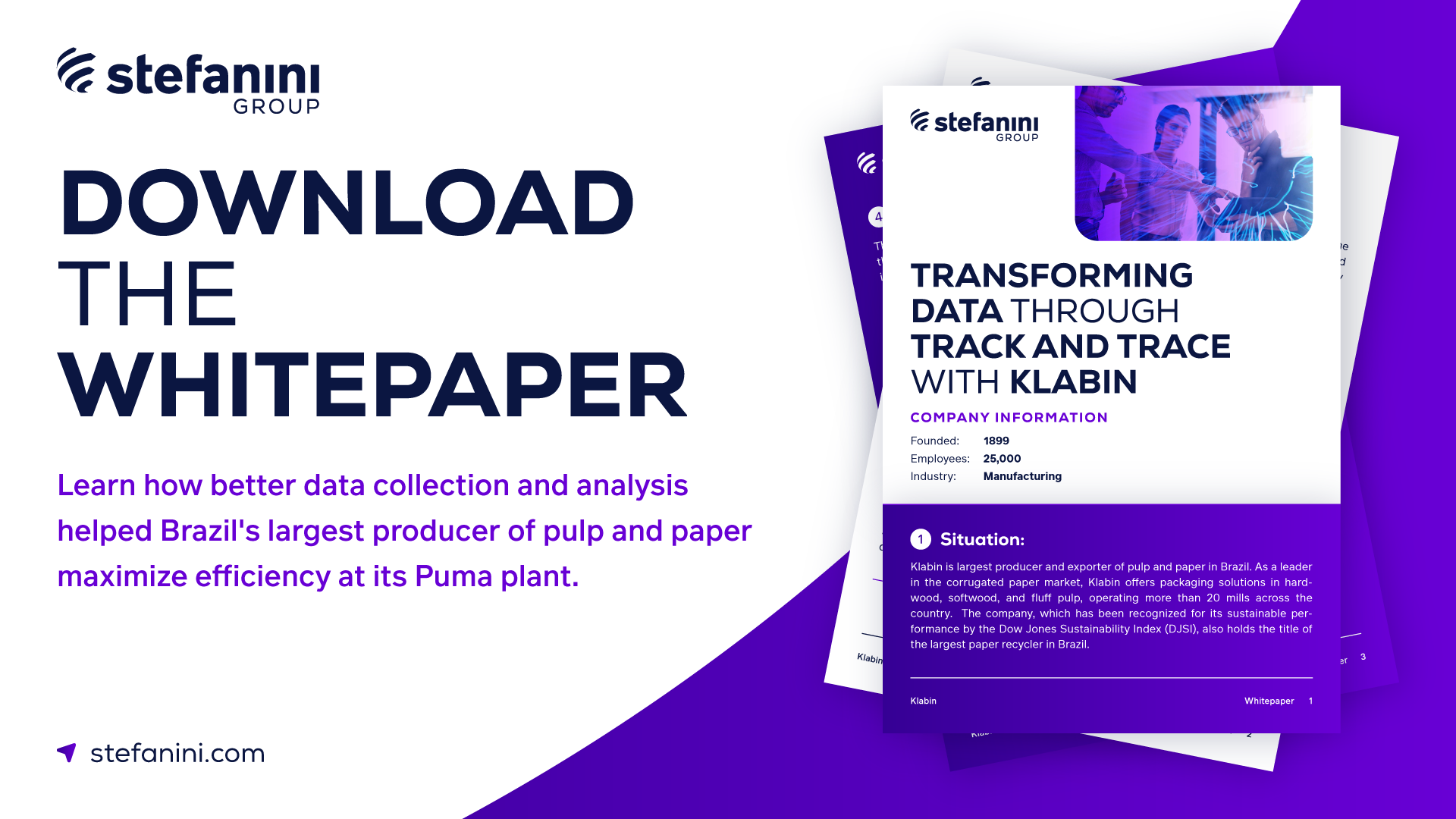One of Gartner’s top strategic technology trends for 2021, cybersecurity mesh enables scalable, flexible, and reliable cybersecurity control.
- Cybersecurity Mesh and Cyber Attacks
- Understanding Cybersecurity Mesh
- 5 Strategic Benefits of Cybersecurity Mesh
- Stefanini’s Cybersecurity Solutions
Security and risk management leaders are in a pickle. Thanks to the rise in customer-facing interactions on digital channels and the sudden, pandemic-driven remote work movement, these professionals are experiencing widespread disruption, particularly in identity and access management (IAM) solutions.
As IAM challenges become more complex, many organizations are falling short in terms of skills and resources to manage them effectively. That’s why cybersecurity mesh can be found alongside distributed cloud and AI engineering as one of Gartner’s top strategic technology trends for 2021.
Interested in other Gartner strategic tech trends? Check out our write-up on the distributed cloud!
Cybersecurity Mesh and Cyber Attacks
The COVID-19 pandemic unfortunately created countless opportunities for bad actors to prey upon vulnerable, suddenly-remote employees. According to TechRepublic, in 2021, weakened security postures will allow hackers to continue to infect businesses with ransomware, which can turn into data breaches. It only follows that cybersecurity spending this year will increase as organizations invest in keeping their sensitive data and information safe as they move to anywhere operations.
When investing in cybersecurity, keep an eye out for the following predictions:
- More attacks on healthcare systems – with countries around the world distracted by distributing COVID-19 vaccines, more nation-state hackers have the opportunity to leverage ransomware. Further, cloud-based ransomware attacks may similarly rise as healthcare systems expedite their transition to meet growing remote needs.
- Over-permissioned identities that lead to more attacks in the cloud – hackers are eying weaknesses in cloud security infrastructure and applications that are the result of the accelerated shift to cloud in 2020.
- More insider threats and accidents – more than 80 percent of cloud service users have the ability to escalate permissions that can be hard to track in cloud infrastructure, opening up more opportunities for internal bad actors.
With cybersecurity mesh, companies will be able to secure any digital asset anywhere, allowing them to address threats that have arisen thanks to the pandemic-driven shift to remote work.
How do industries like retail stay secure? Learn more here!
Understanding Cybersecurity Mesh
Falling under the theme “location independence,” the need for cybersecurity mesh is largely driven by the challenges enterprises were up against in the wake of COVID-19. With more assets now existing outside of the traditional security perimeter, cybersecurity needs to be redefined around the identity of a person or thing. As perimeter protection becomes less meaningful, the security approach of a walled city must evolve to current needs.
As we noted in a previous article, cybersecurity mesh enables scalable, flexible, and reliable cybersecurity control via a distributed architectural approach. With more assets like Internet of Things (IoT) existing outside of the traditional security perimeter, cybersecurity mesh allows for the security perimeter to be defined around the identity of a person or thing. This approach to network security leads to a more standardized, responsive security approach that prevents hackers from exploiting different parts of a given network in order to access the broader network.
5 Strategic Benefits of Cybersecurity Mesh
When managing your most critical IT security and risk priorities, Gartner advises that enterprises address decentralized identity, access management, IAM professional services and identity proofing. Cybersecurity mesh is helpful in the following ways:
1. Cybersecurity mesh will support more than 50 percent of IAM requests: today, most digital assets, identities, and devices exist outside of the enterprise, which complicates traditional security models. When it comes to IAM requests, Gartner predicts cybersecurity mesh will support the majority of IAM requests and enable a more explicit, mobile, and adaptive unified access management model. With the mesh model, enterprises get a more integrated, scalable, flexible, and reliable approach to digital asset access points and control than traditional security perimeter protection.
2. Delivery of IAM services will lead to a rise in managed security service providers (MSSPs): MSSP firms can provide enterprises with quality resources and necessary skillsets to plan, develop, acquire, and implement comprehensive IAM solutions. Gartner predicts that by 2023, 40 percent of IAM application convergence will primarily be driven by MSSPs that focus on delivering best-of-breed solutions with an integrated approach; this process will shift the influence from product vendors to service partners.
3. Identity proofing tools will be added to the workforce identity life cycle: more robust enrollment and recovery procedures are urgently needed thanks to the massive increase in remote interactions, which make it harder to differentiate between attackers and legitimate users. Gartner states that by 2024, 30 percent of large enterprises will implement new identity-proofing tools to address common weaknesses in workforce identity life cycle processes.
4. Decentralized identity standards emerge: centralized approaches to managing identity data make it harder to provide privacy, assurance, and pseudonymity. With the decentralized approach empowered by the mesh model, blockchain technology ensures privacy and allows individuals to validate information requests by providing the requestor with just the minimum required amount of information. By 2024, Gartner predicts that a true global, portable, decentralized identity standard will emerge in the market to address business, personal, social and societal, and identity-invisible use cases.
5. Demographic bias within identity proofing will be minimized: more enterprises have become interested in document-centric approaches to identity proofing. The rise of remote work in 2020 called attention to the many ways bias with respect to race, gender, and other characteristics can occur in online use cases. Therefore, by 2022, 95 percent of organizations will require that identity-proofing vendors prove that they are minimizing demographic bias.
Ensure a better cybersecurity level with our Plug & Play Cyber Security package. Learn more!
Stefanini’s Cybersecurity Solutions
Stefanini offers a wide variety of solutions to support your cybersecurity measures, including the ability to track user actions, malware, enable security on BYOD, and more.
Want to know more? Give us a call today.




















